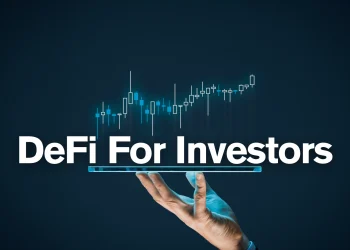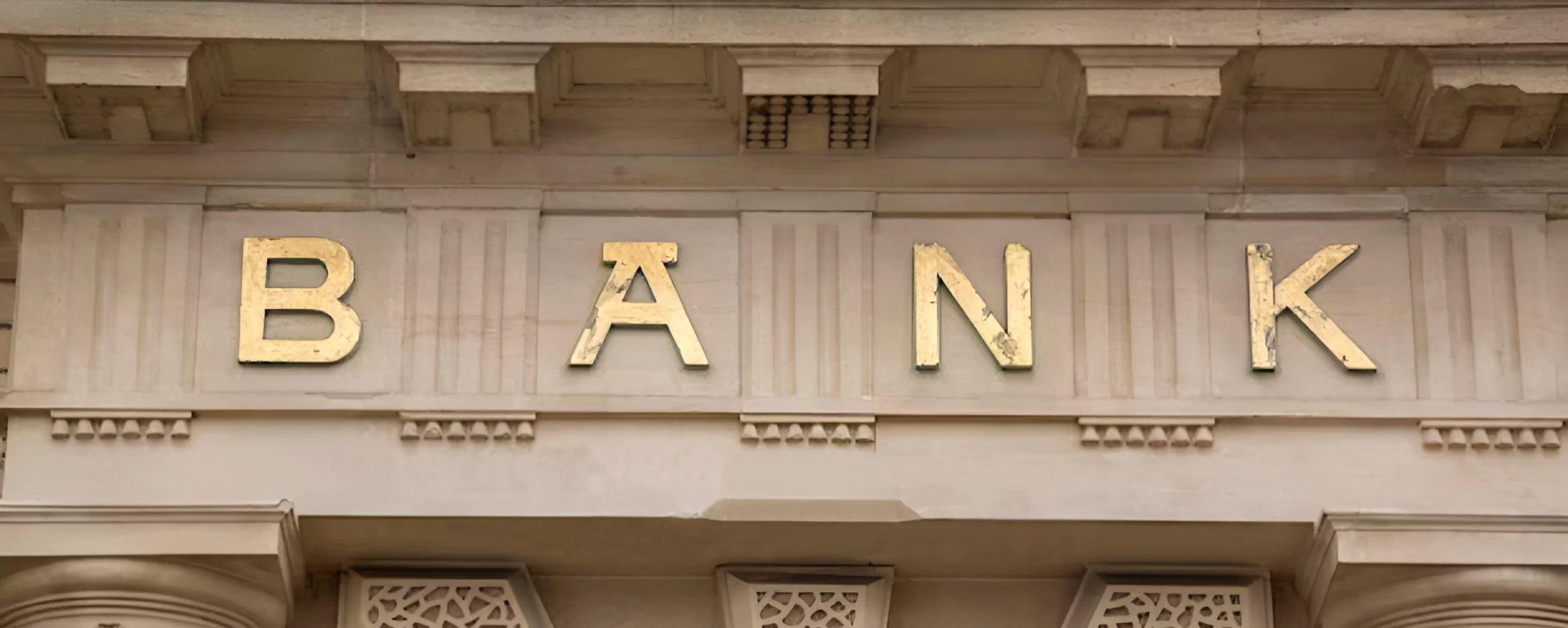Let’s face it, traditional finance can feel like a maze. Banks, brokers, and middlemen often control how we access and use money. That is where Decentralized Finance (DeFi) comes in – a game-changing idea that’s shaking up the financial world. DeFi is all about cutting out the middlemen and giving individuals direct control over their financial transactions. Built on blockchain technology and powered by cryptocurrencies, it aims to create a fairer, faster, and more accessible financial system.
Feeling interested? Sit tight because we’re about to dive headfirst into what decentralized finance is, how it works, and why it’s worth your attention.
Understanding DeFi – The Basics
Let’s break it down: DeFi (Decentralized Finance) refers to a financial system that’s not controlled by centralized institutions like banks or governments. Instead, it operates through blockchain technology, where transactions are verified by a network of computers rather than a single authority. Think of it like an online marketplace where buyers and sellers deal directly, without a shopkeeper in between.
Why is DeFi Different from Traditional Finance?
Here’s how DeFi stands apart:
- No Middlemen: Transactions happen peer-to-peer, avoiding hefty fees imposed by banks.
- Global Access: Anyone with an internet connection can participate, no matter where they live.
- Transparency: Transactions are recorded on a public blockchain, so everything’s out in the open.
- Autonomy: You control your assets, not a bank or third party.
In short, decentralized finance is reinventing the way we think about money by offering a decentralized alternative to traditional finance.
How Does DeFi Work?
At its core, decentralized finance uses blockchain technology to execute financial transactions securely and transparently. Let’s walk through the mechanics:
Imagine blockchain as a digital ledger. Every transaction is recorded in “blocks,” which are linked together to form a “chain.” This system is secure because no single entity controls it, and each transaction is verified by the network.
Smart Contracts Make It Happen
DeFi runs on smart contracts, which are self-executing agreements with pre-defined rules. For example, if you borrow crypto through a decentralized finance app, the smart contract automatically enforces the repayment terms. No need for a lawyer or banker to oversee the deal!
Key Components of DeFi
- Cryptocurrencies: These are the tokens (like Ethereum or stablecoins) used in decentralized finance transactions.
- DeFi Applications (DApps): These apps let you lend, borrow, trade, or invest without needing to use a traditional financial institution.
- Wallets: You’ll need a crypto wallet to store your digital assets and interact with DeFi platforms.
Popular Use Cases of DeFi
The heatmap above displays live DeFi coin prices
So, how can you actually use decentralized finance in real life? Let’s explore some of the most popular applications:
1. Lending and Borrowing
With decentralized finance, you can lend your crypto to others and earn interest, or borrow funds by providing collateral. Unlike traditional loans, there’s no need for credit checks – everything is handled by smart contracts.
2. Decentralized Exchanges (DEXs)
Platforms like Uniswap and PancakeSwap let you trade cryptocurrencies directly with other users. No need for intermediaries, and you retain full control of your funds.
3. Yield Farming
This involves lending or staking your crypto in exchange for rewards or interest. It’s kind of like earning dividends on stocks, but in the crypto world.
4. Stablecoins
These are cryptocurrencies pegged to traditional assets (like the US dollar) to reduce volatility. Stablecoins are widely used in DeFi for transactions and savings.
5. Prediction Markets
DeFi platforms allow users to bet on the outcomes of events – from elections to sports. It’s a mix of finance and entertainment.
The Benefits of DeFi
Why is everyone talking about decentralized finance? Here are some of its biggest perks:
- Accessibility: Anyone with an internet connection can join the decentralized finance ecosystem, no matter their location or financial background.
- Lower Costs: Say goodbye to hidden fees and high transaction costs – decentralized finance eliminates the need for intermediaries.
- Transparency: All transactions are recorded on a public blockchain, ensuring accountability.
- Flexibility: Decentralized finance offers a wide range of financial services, from trading to lending, all in one ecosystem.
The Risks and Challenges of DeFi
As exciting as DeFi sounds, it’s not without its risks. Here’s what you need to watch out for:
1. Security Concerns
Decentralized finance apps are vulnerable to hacks and smart contract bugs. If the code isn’t airtight, it could be exploited by bad actors.
2. Regulatory Uncertainty
Governments are still figuring out how to regulate DeFi. This lack of clarity can create risks for users and investors.
3. Market Volatility
Cryptocurrencies are notorious for their price swings, which can lead to significant gains – or losses.
4. Complex Interfaces
Let’s be honest – navigating decentralized finance platforms can feel like learning a new language. The tech-savvy might thrive, but beginners may struggle.
5. No Consumer Protections
In traditional finance, you have recourse if something goes wrong. In DeFi, you’re on your own.
How to Get Started with DeFi
Ready to dive into DeFi? Here’s a step-by-step guide:
- Set Up a Crypto Wallet
Choose a wallet (like MetaMask or Coinbase Wallet) that supports DeFi applications.
- Buy Cryptocurrency
Purchase crypto (like Ethereum) from an exchange and transfer it to your wallet.
- Explore DeFi Platforms
Research popular DeFi apps like Aave, Uniswap, or Compound to find the services you need.
- Start Small
Begin with a small amount of crypto to get comfortable with the process.
- Stay Informed
Follow decentralized finance news and updates to keep up with the latest developments and risks.
The Future of DeFi
DeFi is still in its early stages, but its potential is enormous. Experts believe it could:
- Democratize Access to Finance: DeFi can provide financial services to the unbanked and underbanked populations worldwide.
- Lower Costs Across the Board: By cutting out intermediaries, DeFi could make financial services cheaper for everyone.
- Foster Innovation: As the technology matures, we’ll likely see new and exciting use cases emerge.
However, for decentralized finance to reach its full potential, it needs to overcome challenges like regulation, security, and scalability.
Conclusion
DeFi is more than just a buzzword; it is a trend that is changing the way we interact with money. By utilizing blockchain technology, it removes middlemen, lowers expenses, and provides individuals with full financial control. However, there are risks, and as with any new technology, careful thinking is required.
So, does decentralized finance represent the future of finance? Only time will tell. But one thing is certain: it’s an interesting space worth keeping an eye on. Whether you’re an experienced investor or simply curious about cryptocurrency, DeFi has something for you.













